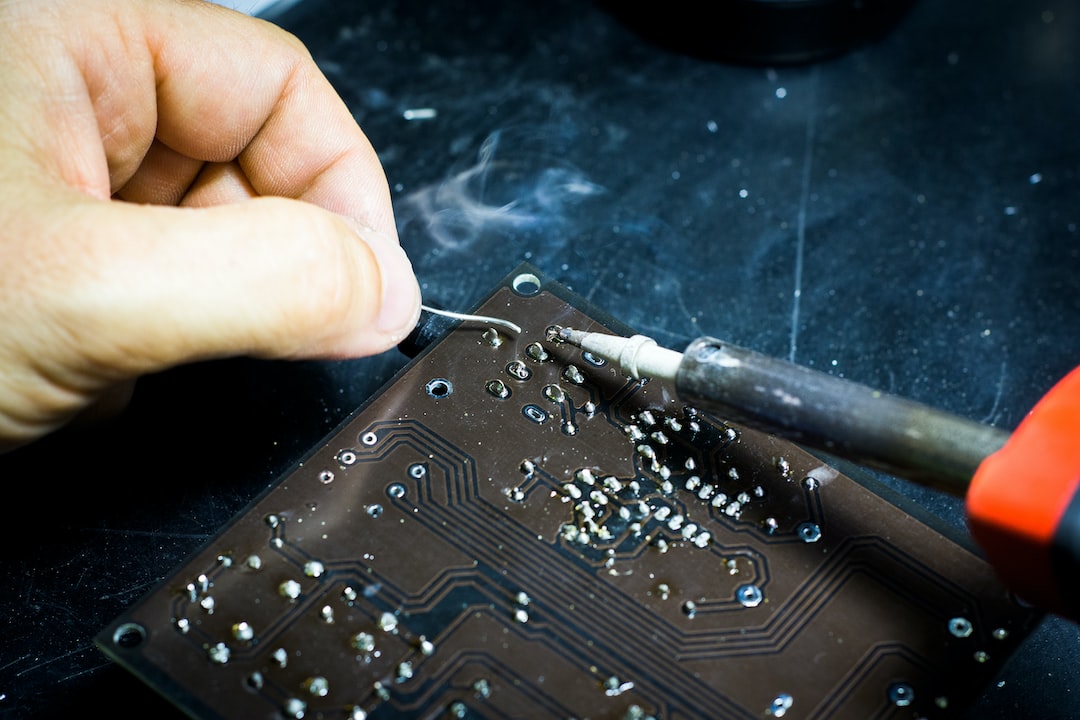Smart manufacturing, the incorporation of advanced technologies into the manufacturing process, has become increasingly prevalent in recent years. One key component of this trend is the Internet of Things (IoT), which has revolutionized the way factories operate. The rise of IoT in factories has brought about significant benefits, including increased productivity, improved efficiency, and cost savings.
The IoT refers to the network of interconnected devices, machines, and sensors that can communicate and exchange data without human intervention. In the context of smart manufacturing, IoT enables real-time monitoring, control, and optimization of the production process. By equipping machines and equipment with sensors, manufacturers can collect data on various parameters such as temperature, humidity, pressure, and performance, among others.
This data can then be analyzed using advanced analytics tools to derive valuable insights. Manufacturers can gain a deeper understanding of their processes, identify inefficiencies, and make data-driven decisions to improve productivity and reduce costs. For instance, if a machine’s performance deviates from the desired levels, IoT can quickly alert operators and provide them with actionable data to rectify the issue before it escalates into a major problem.
IoT also enables predictive maintenance, which can have a significant impact on reducing downtime and minimizing maintenance costs. By continuously monitoring the condition of machines, manufacturers can detect early signs of malfunction or wear and tear. This helps in scheduling maintenance activities proactively, avoiding unexpected breakdowns that can cause production disruptions. Overall, predictive maintenance ensures that machines operate optimally, leading to increased efficiency and reduced maintenance costs.
Furthermore, IoT facilitates the automation of various processes, leading to higher productivity. For instance, in a smart factory, robots can be integrated with IoT to execute repetitive tasks with precision and speed. This not only reduces the need for human intervention but also minimizes the risk of errors. As a result, manufacturers can achieve faster production cycles, meet shorter lead times, and enhance product quality.
In addition to the internal benefits, IoT in factories also creates opportunities for improved collaboration and communication across the entire supply chain. By connecting with suppliers and customers through IoT-enabled devices, manufacturers can enable real-time visibility into inventory levels and demand patterns. This allows for better demand forecasting and inventory management, leading to reduced waste, lower inventory carrying costs, and improved customer satisfaction.
However, as with any technological advancement, there are challenges associated with the implementation of IoT in factories. Security and data privacy are two major concerns. With more devices and machines connected to the internet, the risk of cyber-attacks and data breaches increases significantly. Manufacturers must invest in robust cybersecurity measures to safeguard their systems and protect sensitive data.
Another challenge is the integration of existing machines and legacy systems with IoT technology. Many factories still operate on outdated machinery and have infrastructure limitations. Upgrading these systems to be IoT-compatible can be a complex and expensive process. Nevertheless, manufacturers must recognize the long-term benefits and focus on achieving a seamless integration to fully capitalize on the advantages of IoT in their operations.
In conclusion, the rise of smart manufacturing has paved the way for the widespread adoption of IoT in factories. By leveraging IoT capabilities, manufacturers can unlock several benefits, including increased productivity, improved efficiency, and cost savings. With the ability to collect and analyze real-time data, optimize processes, and facilitate automation, IoT has become an indispensable tool in driving the success of modern manufacturing. Despite the challenges associated with implementation, the future of smart manufacturing lies in embracing and harnessing the power of IoT.

